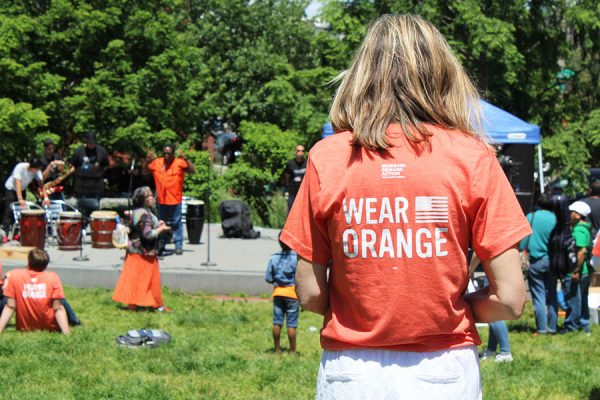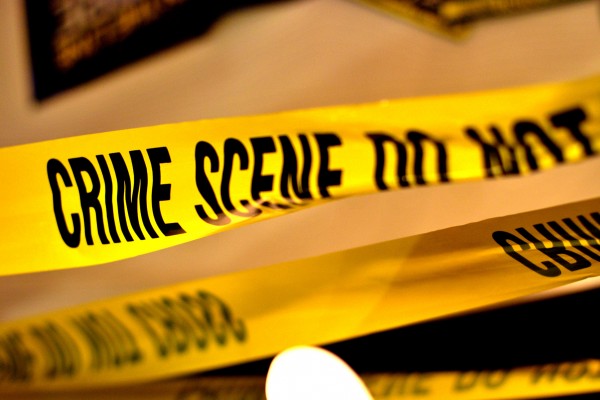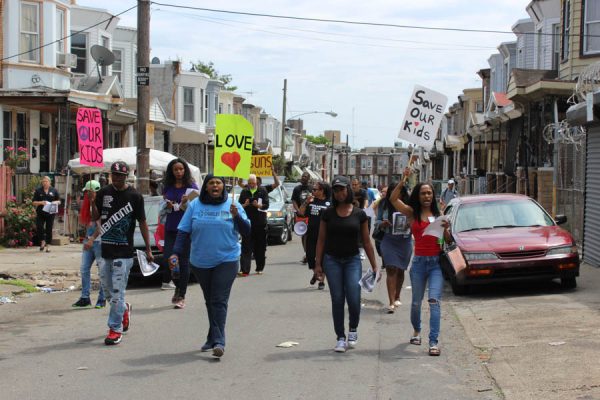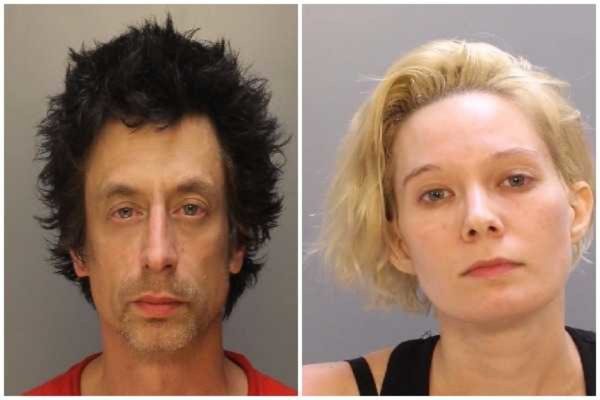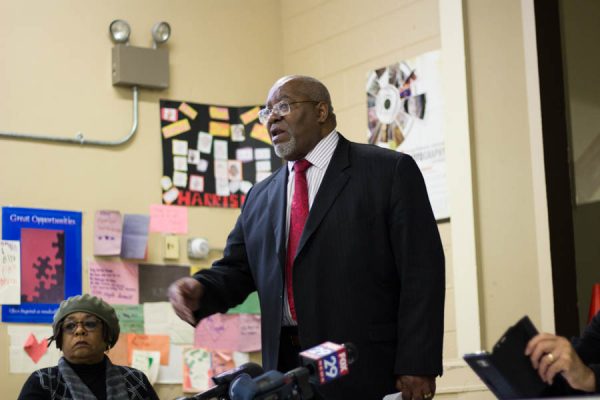Fishtown Vehicle Vandalisms Highlight Disparity Between Experiencing and Reporting Crime
Next to Kensington Methodist Church at the corner of Marlborough and Richmond Streets, a green Chevrolet truck sits with its right passenger window smashed into tiny pieces, glass sprinkled on the front seat and ground like confetti. This is a remnant of about 13 to 14 vehicle vandalisms that occurred in Fishtown on the weekend of April 12, mostly under the Columbia Avenue and Marlborough Street overpasses. But at the core, there lies a question of not only why these vandalisms occur, but a disparity between experiencing crime and reporting it — and the struggle to understand why.
A 16-year resident of Fishtown, who spoke on the condition of anonymity, said vehicle vandalisms have escalated in the last three years. “In the last incident, nobody had anything stolen; it was just malicious vandalism,” she said of the April 12 episode. Spirit News previously reported that some vehicles had their windows smashed, glove compartments and consoles visibly tampered with, and there was even blood found inside some of the vehicles.
Elizabeth Rogers, a Fishtown resident who shared her experience through EveryBlock, a website that posts neighborhood news and discussions, said she’s lived in the area for three years during which time her vehicle has been stolen twice, and the windows smashed three times.
Perpetrators of these crimes often check for unlocked car doors or GPS mounts on the windshield hoping to make quick cash, according to John Massi, a 26th district lieutenant who characterizes these acts as “desperation-type crimes.” He suggests these crimes could be fueled by Philadelphia’s heroin crisis, in which a bag of the drug could sell for as cheap as 5 to 7 dollars. The City, along with others, remains one of the largest and most profitable heroin markets, according to The 2015 National Drug Threat Assessment Summary by the U.S. Department of Justice Drug Enforcement Administration. The availability and low cost of heroin adds the proverbial fuel to the fire.
But there seems to be a gap between experiencing and reporting crime in Fishtown. According to the 2016 Fishtown Crime and Safety Survey, as of mid-March, 33 percent of respondents stated they’ve been a victim of an automobile crime in the last 12 months, but only 47 percent of victims reported the crime to police. The survey further specified that incidents that are deemed insignificant can prevent reporting crime. The point is to move residents away from simply discussing crimes on social media and in community meetings, and towards reporting them.
In the case of the vehicle vandalisms on the weekend of April 12, Massi summarizes a common but problematic way of thinking among victimized residents, “If nothing is taken, why report it?” he said.
The importance of having residents report crimes is critical now more than ever. In April, Police Commissioner Richard Ross told Philadelphia Magazine that the number of the city’s police officers is at its lowest level in 22 years. The police force has declined to a little more than 6,100 officers in contrast to the 6,525 positions the city can afford.
“We can use whatever help the public can give us,” Massi said.
The Fishtown Neighbors Association (FNA) outlines several solutions to close this gap between experiencing and reporting crime. Shannon Wink, the FNA Safety Committee Chair, told Spirit News by e-mail that the organization is working with the 26th District to help residents determine when to call 911, and how to do so effectively. “Calls help the department determine which districts have the most activity, and help district officers identify patterns,” she wrote in the FNA e-newsletter and on social media.
John Consolvo, president of the organization suggests that assigning police officers to regularly patrol on foot or bike “might go a long way toward changing that perception.” He is also planning to meet with Fishtown Action’s president, Maggie O’Brien to discuss a plan to provide more adequate lighting in areas where residents feel least safe, and how grant funding can be utilized to implement even more lighting.
Broken beer bottles and glass scattered from smashed car windows line the sidewalks of the Columbia Avenue and Marlborough Street underpasses and are reflective of the broken windows theory mentioned by the 16-year Fishtown resident, who wishes to remain anonymous. The criminology theory suggests that more serious crimes can be prevented from happening if smaller crimes like vandalism are monitored in urban environments. In response, the FNA’s Beautification Committee organizes monthly neighborhood clean-ups and, in fact, 42 percent of residents polled in the safety survey stated less signs of disorder would make them feel safer.
“The moment the police in the city stop cracking down on small crimes, all hell breaks loose,” the resident said.





